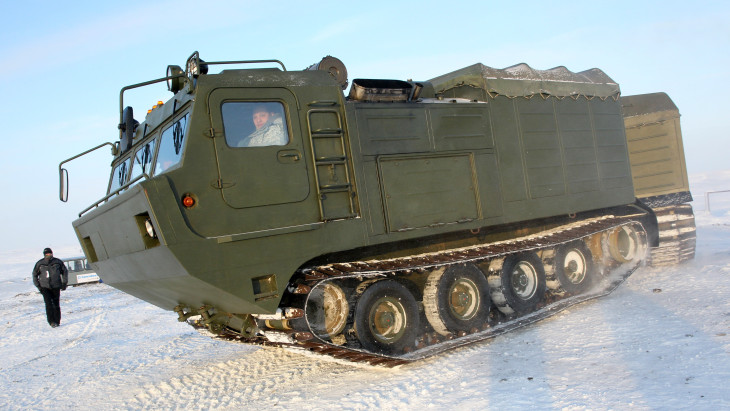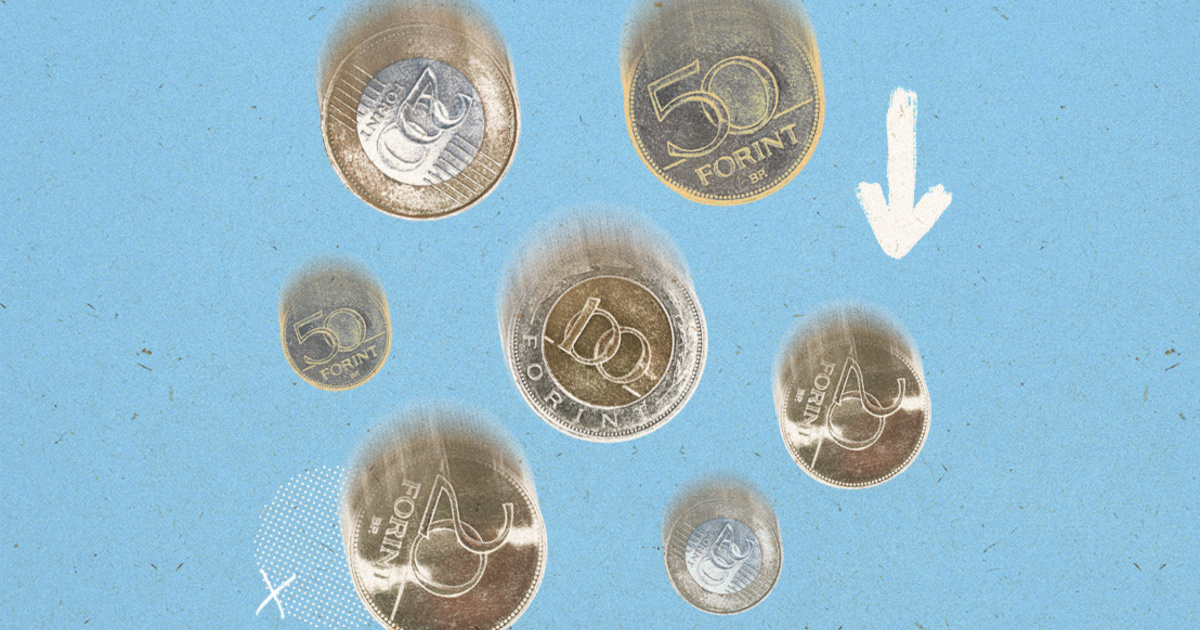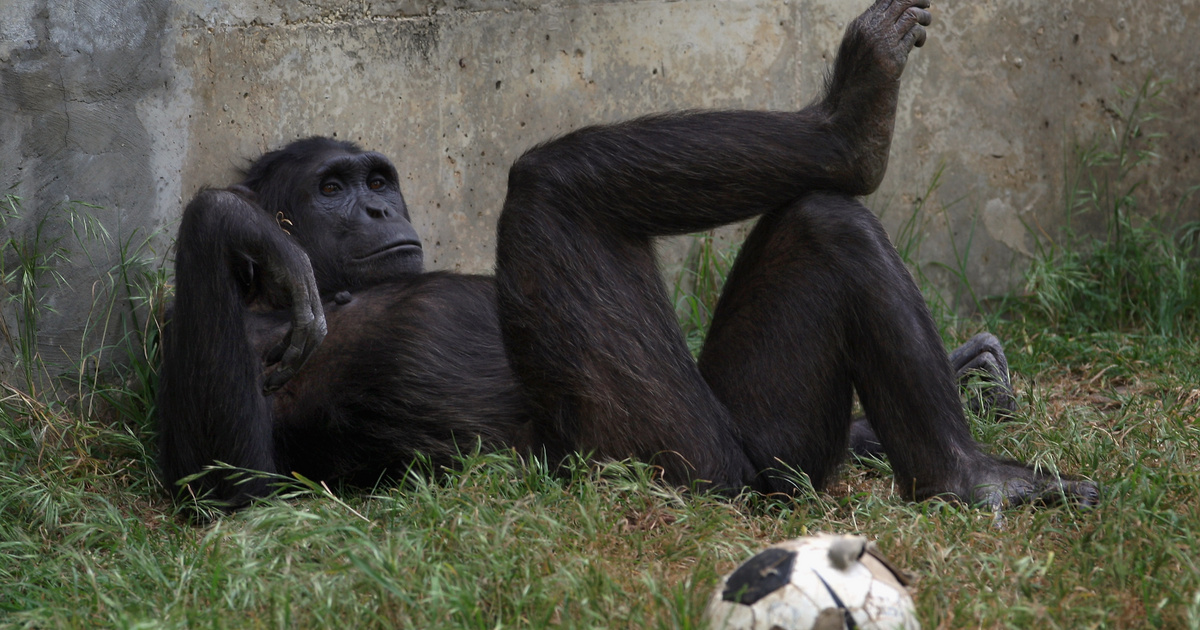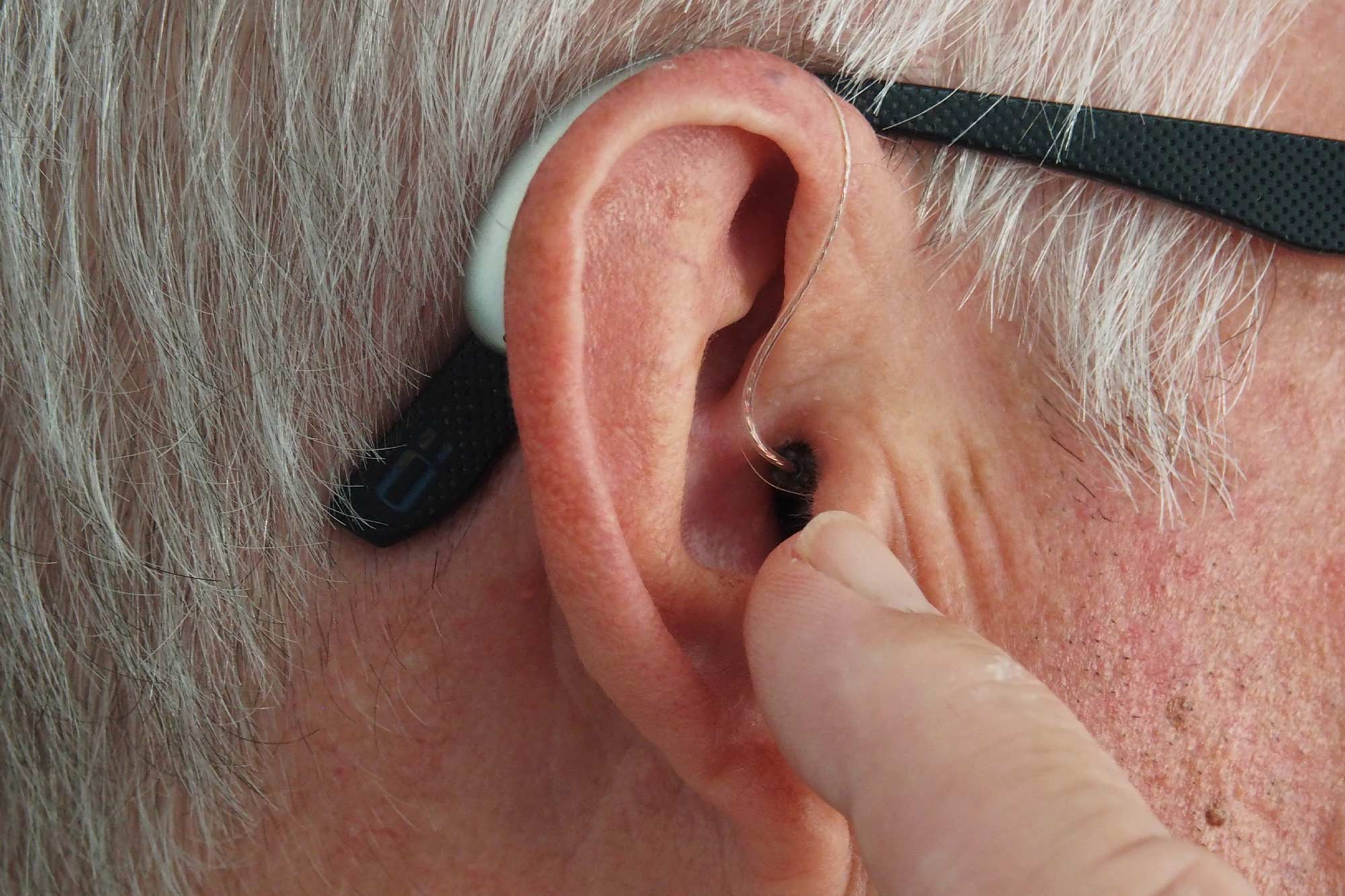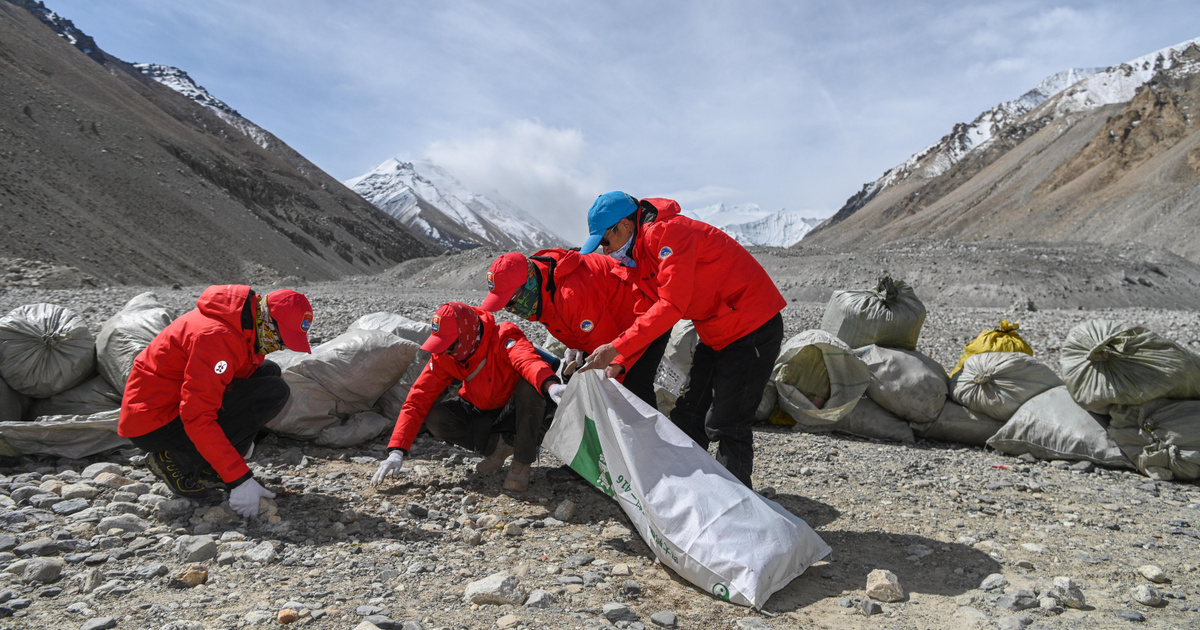People climbing Mount Everest must now clean up their own waste and return it to base camp for disposal there, Nepalese authorities said.
Our mountains are starting to stink
Mingma Sherpa, Chairman of Pasang Lamu Rural Municipality A BBCto.
The municipality covering most of the Everest region introduced the new rule as part of wider measures, as feces left on Mount Everest do not fully decompose due to extreme temperatures.
We receive complaints of human feces appearing on the rocks and some climbers getting sick. This is unacceptable and distorts our image
Mr Mingma added.
Those climbing the world's highest peak, Mount Everest, and nearby Mount Lahos must buy so-called faecal bags at base camp, which will be “checked upon their return.”
During the climbing season, climbers spend most of their time at base camp to acclimatize to the altitude, where separate tents are set up as toilets, and where feces are collected under barrels. However, once they start their journey to the top, things become more difficult.
Most of the climbers and support crew usually dig a hole, but when we go up the mountain, there is less snowfall in some places, so we have to go to the outdoor toilet.
When climbing Mount Everest, very few people bring their litter in biodegradable bags, so litter remains a big problem on the mountains. More and more clean-up operations are being organised, including an annual campaign led by the Nepalese Army.
Open toilet
“Waste remains a big problem, especially in the inaccessible higher camps,” said Sherpa Tshering, CEO of the Sagarmatha Pollution Control Committee. Although there is no official figure, his organization estimates that between each camp at the base of Mount Everest and Camp Four near the summit, about three tons of human waste are produced.
Half of this is held at South Col, also known as Camp Four, which has gained a reputation as the “open toilet”.
Tshering said.
Stefan Keck, an international mountain guide who also organizes expeditions to Mount Everest, said the South Col functions as an “open toilet.”
At 7,906 metres, the South Col is the last base before climbers attempt the summits of Everest and Loche. The terrain here is very windy
There is hardly any ice or snow, so you see human feces everywhere
said Stefan Keck, international mountain guide.
the solution
With permission from Pasang Lamu Rural Municipality, SPCC is now purchasing about 8,000 poo bags from the United States for the climbing season that begins in March for about 400 foreign climbers and 800 support staff.
These fecal bags contain chemicals and powders that harden human feces and make them largely odorless. The climber produces an average of 250 grams of feces per day. They usually spend about two weeks in the higher camps to attempt the summit.
Accordingly, we plan to give them two bags, each of which they can use five to six times
Mr Tshering explained.
“This is definitely a positive thing and we are happy to participate in it,” said Dambar Parajuli, president of the Nepal Trip Organizers Association. He said that his organization proposed implementing it as a pilot project on Mount Everest first and then applying it to other mountains.
Mingma Sherpa, the first Nepalese to climb all 14 mountains above 8,000 metres, said using bags to treat human waste has already been tried and tested on other mountains. “Climbers have already used such bags on Mount Denali (the highest peak in North America) and Antarctica, which is why we called for it,” said Mingma, who is also an advisor to the Mountaineering Association of Nepal.
Keck echoed the same message, saying the idea would help clean the mountain.

Comprehensive analyses, world-changing questions, and visions for the future in one volume.



